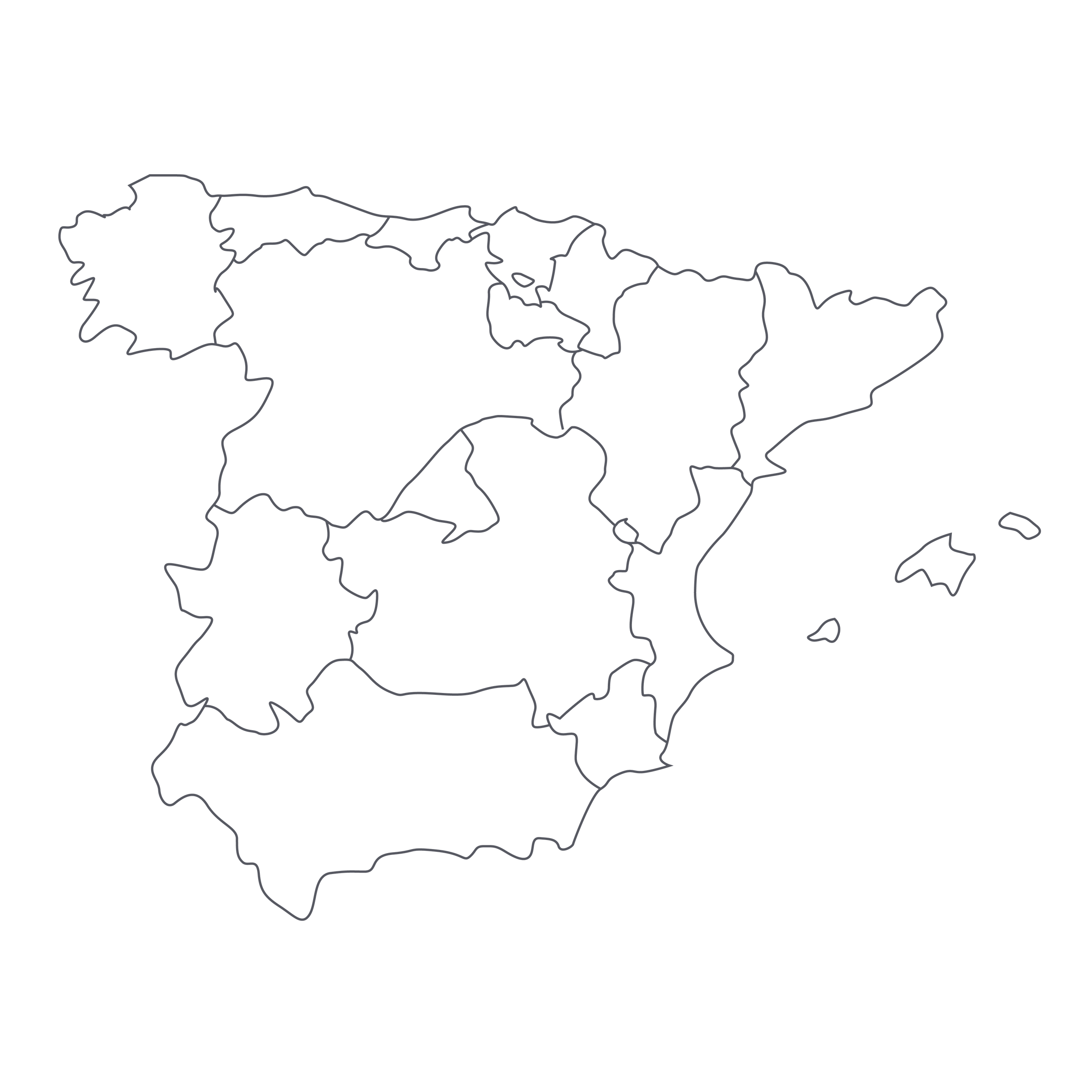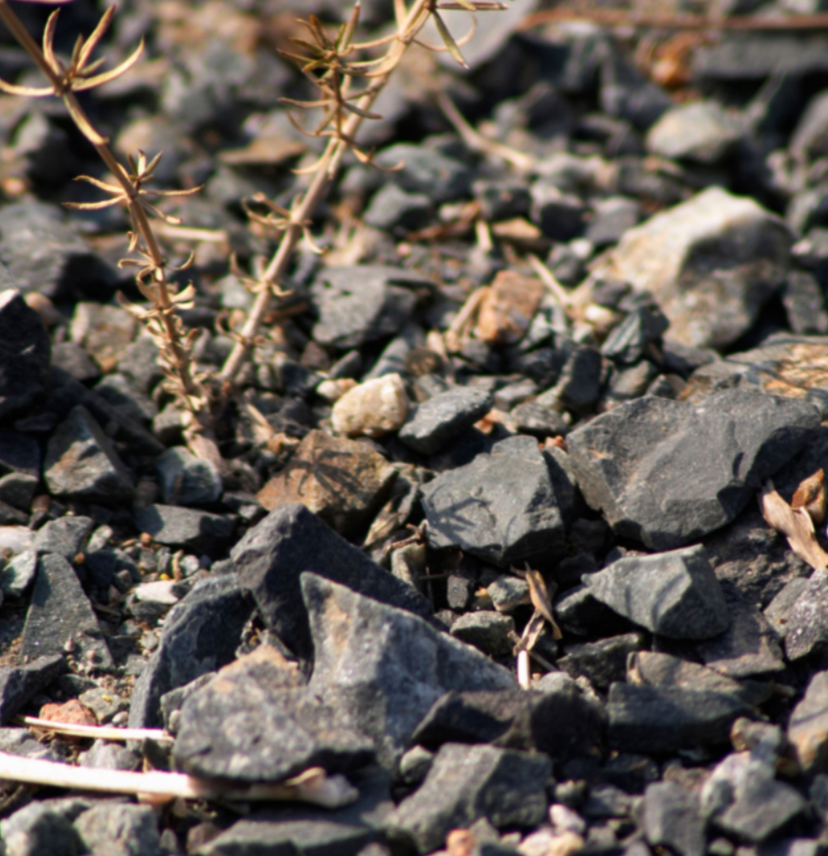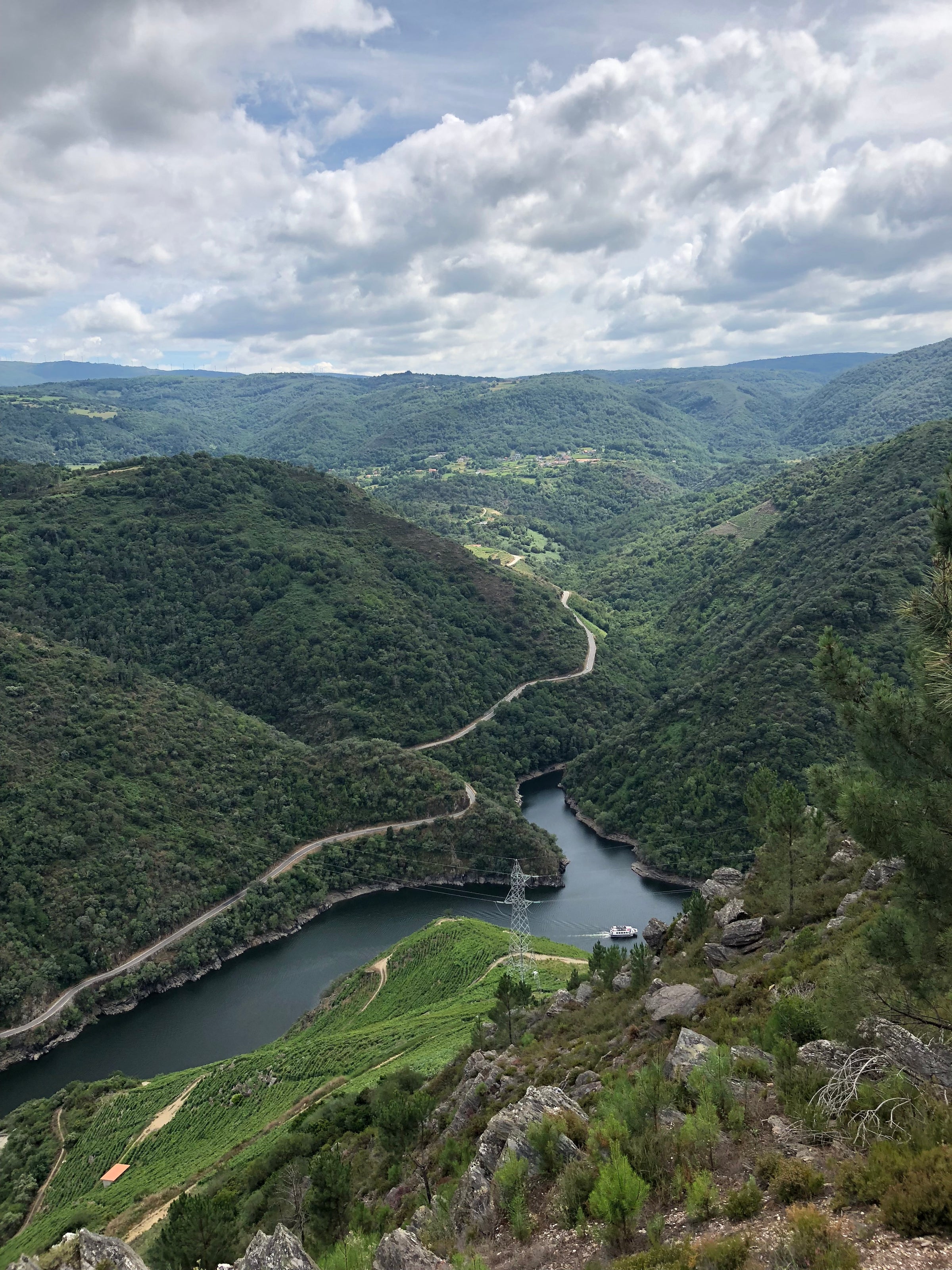At a recent tasting, today’s powerful and soulful red completely blew the competition off the table. It was impressive, but not at all surprising given that it comes to us from one of Spain’s most influential modern superstars. Alfredo Maestro has almost single-handedly redefined and returned relevance to the ancient Ribera del Duero growing region.
Through strictly organic farming and pure, additive-free winemaking, Maestro has earned his place as “the guy” for a generation of sommeliers and wine lovers who increasingly want to sneak in a little wellness and environmentalism alongside their otherwise hedonistic lifestyle. Today’s we present the stunning 2015 “Castrillo del Duero”—my perennial favorite of Alfredo’s reds, the most serious and meticulously crafted wine of the estate, and Alfredo’s answer to classic, barrel-aged Ribera del Duero. There are 300 cases of this beauty on the planet and we’re thrilled to have first dibs on the small fraction thereof that just landed in California. Fire away!
Over the last decade, it sometimes seemed as if the entire appellation of Ribera del Duero was competing to make the most alcoholic, oak-drenched, expensive wine in the heaviest bottle. In recent years, this homogeneity and lack of soil character in the wines often rendered the Ribera del Duero reds an afterthought—or worse, an omission—on the world’s most respected wine lists. Then, along comes Alfredo Maestro and suddenly it feels like the Duero is one of the most exciting and progressive growing regions in Spain.
Alfredo Maestro is one of the most intense Spanish growers I’ve met. He seems completely possessed by his own curiosity about farming and wine. This same zeal and obsessive nature is what makes Alfredo’s wines delicious and entirely unique. Alfredo spends much of each day traversing steep hillsides in his beat-up Jeep, tending to some of the highest-elevation vineyards in this part of Spain: 3,000-4,000 feet. Equally zealous in his abstinence from chemicals and modern winemaking technology, Alfredo bottled today’s wine without fining, filtratration, or any added sulfites. He wants everything to be an accurate expression of its place in nature, and today’s red succeeds in spades. Despite the overtly lo-fi approach in the vineyard and cellar, this is a refined, polished, and deeply classic Ribera del Duero red.
Alfredo’s “Castrillo del Duero” bottling originates from a single, extremely high-elevation vineyard, “La Lader,” perched at over 3,000 feet in the municipality of Burgos. The vineyard and its mineral poor clay-loam soils are home to a few small rows of ancient, gnarled 70+ year-old Tempranillo (a.k.a. “Tinto Fino” in this region) vines. Alfredo harvests by hand, retaining 20% of the fruit in whole clusters; the remainder is destemmed and the wine is naturally fermented in stainless steel. The maceration lasts 12-15 days, and the resulting wine is aged in a medium sized neutral oak cask for one year. The wine is then bottled and spends an additional 6-8 months in bottle aging until release.
Alfredo Maestro’s 2015 “Castrillo del Duero” is a master class in traditional Duero red wine. An opaque ruby-red with black and purple highlights, it jumps out of the glass with aromas of blackberry compote, black currant, raw cacao, pipe tobacco and leather. Perhaps Alfredo’s greatest gift is his ability to express the inherent power and richness of Ribera del Duero terroir, but in a way that is never fatiguing or over-the-top. The palate on today’s wine hits that perfect sweet spot for me. It’s a joy to decant for one hour and enjoy at 60 degrees in a large Bordeaux stem. I also often recommend this cuvée as the most cellar-appropriate red in Alfredo’s expansive lineup. For me, it is his most “grown up” bottling and the wine’s bright, mineral core ensure that it will improve for many years to come. I expect it to peak in 2022-24, but don’t hesitate to check in before then. Milk-fed suckling lamb ribs are the classic indigenous dish of Alfredo’s region but I won’t send you on that impossible goose chase today. Instead, I’m recommending the next best thing—legendary Philadelphia chef José Garcés’ famous lamb with
romesco. I’ve shared today’s recipe before and I’m going to keep sharing it because it’s just so delicious. Alongside today’s stunning wine, you can’t miss. Cheers!





